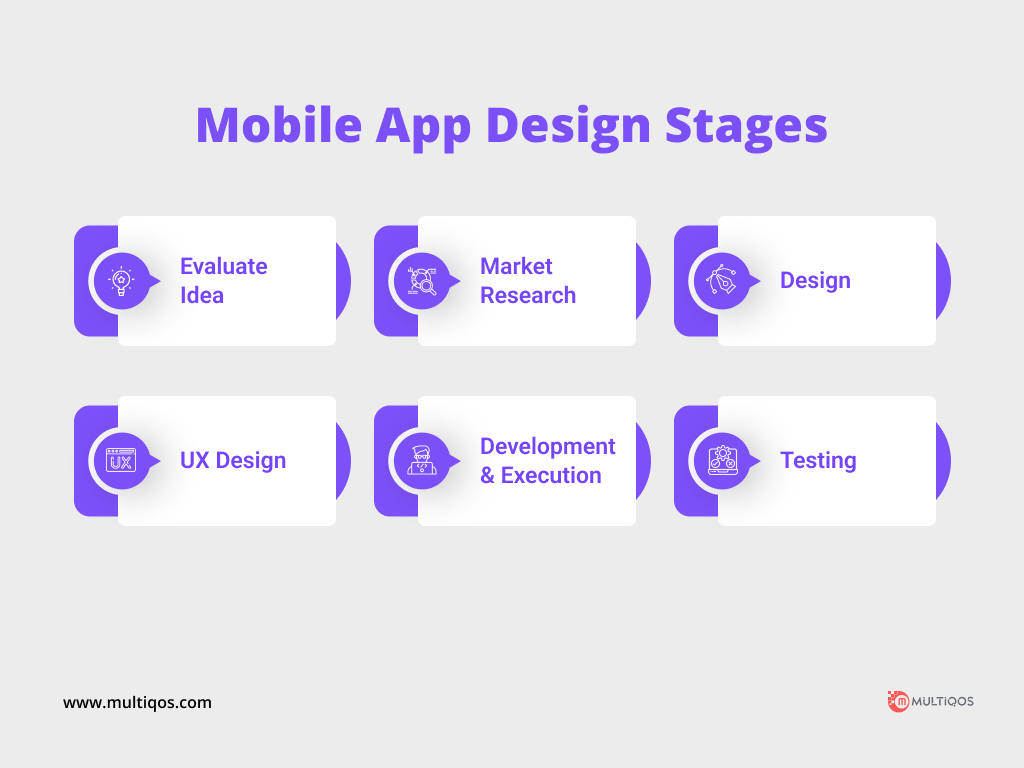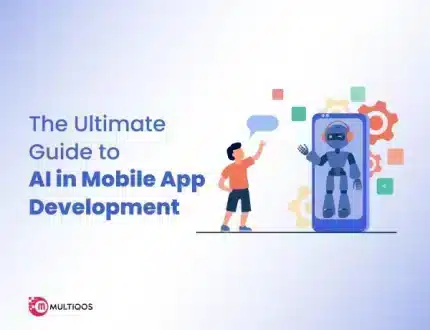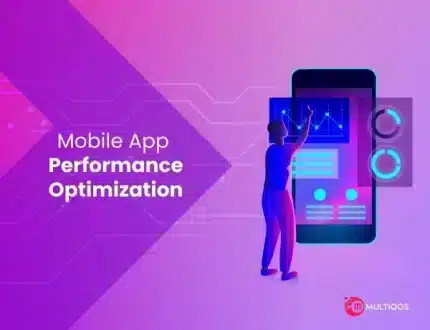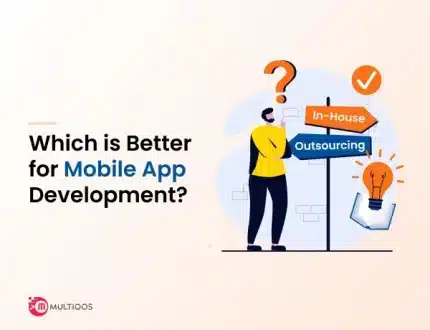What Factors Affects Deciding Cost To Design A Mobile App?
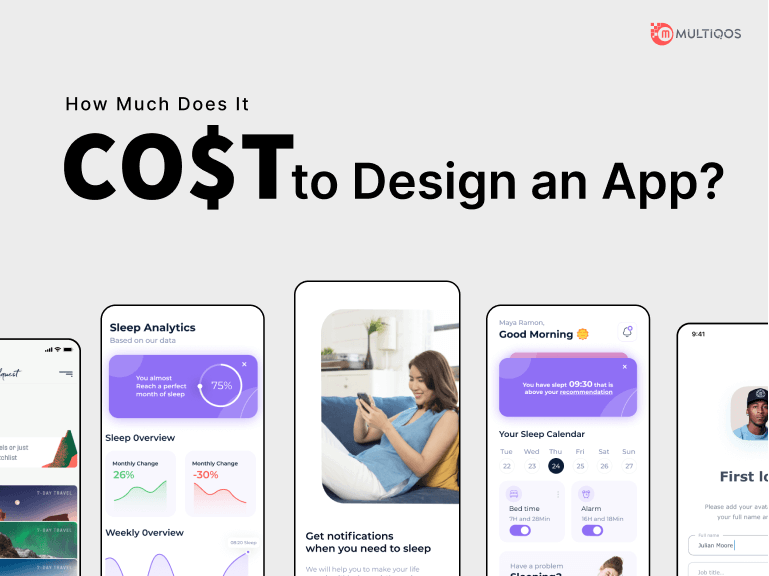
Overview
Have you ever wondered what characteristics distinguish an excellent mobile or web app? Is it the technology stack, a novel idea, user-friendliness, or outstanding design that makes the difference?
App design that includes customer experience and interface design is an important part of the app development process. We suppose you want to know how much an app design may cost and what techniques and services are used to determine that cost.
In general, cutting corners on app design does not appear to be the best option, as it serves as the foundation for the entire digital system.
But Why Does Mobile Application Design Matter?
Every design is created to address a specific issue. It doesn’t matter if you’re building a new brand or reworking old software; the aim is always to address a problem.
When a user initially opens an app, the layout is the first thing they see. The following are some of the advantages of a well-designed mobile app:
- It makes interacting with the UI easier, making it more user-friendly;
- It has a higher conversion rate of users to clients;
- It enables users to achieve their goals faster and boosts their engagement and returns;
- It simplifies the process of creating the ideal product to fulfill the demands of the target market.
These criteria are critical from a business standpoint since product performance is primarily dependent on them.
What Is the Process of App Design Phases?
The process of application design includes the following phases:
Evaluate Idea
This step in the mobile app design process is all about getting a full picture of the project – what problems the clients are having and how the app can help them address those problems. The building of a lean model is one way of evaluating mobile app design concepts. It addresses the following:
- Find issues: The issues that the app resolves are defined in this section of the model.
- Customer Segments: Here you may add the information about your potential customers and create a classification.
- USP: Fill in the information of what your application performs best and most distinctively compared to the competition in this section.
- Solutions: This section identifies the most utilizing alternative that the application can provide for the best problem, client type, and USP pairing.
- Channels: Here you should specify the channels where your customers will be active.
- Revenue Streams: The purpose of this part is to develop a business structure that appears to be a response to your inquiry about how much revenue you can generate from an app.
- Expense Structure: This section lists the costs you’ll have to pay to create the app.
- Key Performance Indicators (KPIs): These are the benchmarks against which you’ll evaluate the performance of your software.
- Additional Benefit: This is a list of benefits that your app provides that your competitors don’t – for example, revolutionary technology, financial help, collaboration, or anything else.
Conduct Detailed Market Research
Comparative research, market dynamics assessment, and sales strategies are all part of the market study process for your application. We begin the market research process by researching rivals – not to mimic them, but to discover market opportunities. This establishes a standard that we must meet in terms of functionality and design. Then we research the market to see what’s hot and what components consumers are connecting with the most.
Create a Mind Map
This step of the app development process returns you to the components of the lean model canvas. It considers all of your app’s distinct requirements in order to assist you in visualizing the app’s logical framework or connections between the various elements. When we make mind maps, we start with the app’s aim in the middle and build portions around it. Then, for each of these segments, we define requirements/features.
Analyze the Persona of the User
The construction of user personas is the next phase in our mobile app design process. This component of the design specifies for whom you’re creating the app. The user personality portrait must primarily consist of their demographics, their social position as well as a mental model.
This stage of the design process has aided our app development team in gaining a better grasp of who they are designing the app for and what they would like/dislike on several occasions.
Map User Journey
Once you’ve figured out who your customers are, you’ll need to figure out how they’ll utilize the app. This is when the app design’s user journey mapping feature comes into play. This app design commitment focuses on the construction of how users will navigate across the app – the features they will interact with, where it will lead them, and what they will do if they encounter a problem.
Prepare Prototype
The app design is the next step in the process. Here, we organise the mobile app design concepts into rewarding experiences for customers who will engage with the app. It is assured at this point that the movement between functionalities and displays is so seamless that consumers will not notice.
It is critical to make iterations till the flow is perfected based on the input in order to develop an optimal prototype. The cost of an app prototype is determined by the number of iterations. Usually, Developers, Business Analysts, and Clients collaborate to develop an app that everyone can agree on. This, in turn, aids in the detection of potential challenges and misunderstandings throughout the app development stage.
Define UI Design
The goal of user interface design is to convey a story about how a user would feel as they navigate from one screen to the next. That’s where the app’s look and feel – its colors, forms, typography, objects, and so on – are produced. Our mobile app developers consider not only what consumers will see but also how they will feel when using the app. As a result, we focus our efforts not only on stability but also on dynamic versions. Logo, App Icons, and Screens are the three main components of user interface design. These are the factors that go into calculating the quantitative benefits of digital app design and bespoke app design costs.
Also Read: How To Create The Perfect App Icon Design?
What Are the Factors Affecting Mobile App Design Cost?
Let us now dive into learning about the technical aspects of design that are responsible for determining the cost and timeframe of app design and development.
Design Type:
There are usually two major types of app designs:
- Custom Design: A unique mobile app design necessitates the creation of User Engagement and UI from scratch rather than using readymade libraries. The cost will almost certainly be greater than the previous design. It is far more effective, but it is also far more dangerous. Nearly every other app on the smartphone has a unique design like Uber, Lyft, Tinder, Bumblebee, and Airbnb. However, if you do things properly and get to grasp the customer’s viewpoints, engagement, and pain spots, a personalized design will be a huge success.
- Native Design: When it comes to mobile app design, nativity implies adhering to the platform’s design rules and element placements. For example, on the iPhone, the “Back” button must be at the top left corner of the screen. iOS, Android, as well as other mobile device frameworks have established standards for how things should appear on the screen. When compared to bespoke design, following the native principles will save you money on the design process. WhatsApp and Twitter are two examples of applications with native designs.
App Complexity:
The number of distinct screens, particular blocks, and the exclusive engagement in the app’s functionality is, in reality, the app’s design complexity. However, we might further deconstruct the following:
- Roles: The amount of team responsibilities for your design project is among the first things you should identify. You’ll need more UI/UX designers the more unique features you wish to add. For a project of medium complexity, you may merely require a project manager, but you may additionally need specialists to handle identity for the user, app wireframes, intuitive app UI, and make necessary modifications based on testing and input from the target audience.
- Screens: Your program will require a few basic panels as well as a few platforms. However, you may take it a step further and use screens in other parts of the application like Welcome screens, Onboarding screens, Login screens, and several more. However, if the screens include graphics and animation, the cost will almost certainly be greater than the average.
- Features: The cost of app design will be determined by several factors including the app development platform, the type of merchandise, and the type of app. It also includes advanced technologies such as augmented reality (AR), virtual reality (VR), artificial intelligence (AI), and machine learning (ML), and so on. Also, adding certain special features for a specific group of users can affect the cost and time frame.
App Development Team:
Who creates the software? Are you going to hire a local firm, a group of freelancers, an in-house team, or outsource your project? Because these players’ hourly wages are different.
- In-house: People who work in the company’s workforce are known as in-house specialists. This sort of collaboration, like any other, has advantages and disadvantages as hiring in-house teams may be costly and time-consuming, since it necessitates a lot of extra effort.
- Local Agency: Hiring a design agency entails enlisting the services of a team based in your area. The cost, in this case, depends entirely on your geographical location and the reputation of the agency you are hiring.
- Freelancers: When you hire freelancers, you have complete control over the expertise you hire. This method has both advantages and disadvantages. The typical hourly rate for freelance designers is between $15 and $25.
- Outsourcing Agency: Hiring an outsourcing firm entails working with a firm based in another nation, such as India. It can help you achieve better pricing and better quality. Everything depends on how much time you have to offer feedback on all of the design aspects: Sketches, basic design, branding, presentations, quality management, and so forth.
How Much Does App Design Cost?
Even though there aren’t many differences in app design expenses between Android and iOS, there are a few things to keep in mind.
iOS App: It follows a very consistent pattern. iOS Developers know precisely how their layouts will perform and appear on all devices since tight design rules are in place and the variety of iOS devices is limited. They don’t have to be ‘pixel-perfect.’ In addition, the iOS app design is simple to test and fix. It’s not difficult to estimate the design of an iOS app. But, it costs a lot of money to design for iOS as iStore apps are usually more profitable than Play Store apps. Also, the design riles of Apple are quite tight due to which developers usually raise the price.
Android Apps: It’s a little more difficult and fragmented. Android app development has become less restricted over time, with Google just launching an app review procedure in the Play Store in 2015. The Android operating system is fragmented, with multiple firms, versions, and bespoke features, for example. Making a perfect design for all of them is nearly hard unless you focus your app design on a small number of Android OS versions or even specific Android devices.
How to Optimize the Mobile App Design Cost?
There are numerous proven strategies that can help you save dollars. These app design solutions do not only allow you to reduce costs but also ensures that you do not lose quality:
- Make a Detailed Strategy for Your Business: A well-thought-out and well-structured strategy has been shown to save expenses.
- Employ Pocket-Friendly Experts: Find skilled workers in countries of Eastern Europe and Southeast Asia, for example. You will find more economical expertise, as well as a variety of other benefits if you work with Ukrainian UI/UX designers. The job will be far less expensive than recruiting designers from the United States or Western Europe for the same quality.
- Concentrate on the Fundamentals: The designers will have to create and draw more screens the more functionality you wish to include. As a result, we recommend deferring secondary functions until later.
- Work with Pros. Each project will take less time if the organization has a lot of expertise and employs competent designers. All activities will be carried out correctly, and each member of the team will be aware of their responsibilities. As a result, fewer man-hours equal lower budget expenditures.
These are only four suggestions, but they will save you a deal of time and resources if you follow them.
Bottom Line
As you’ve seen, design plays a critical role in app development. Design is more than just sketching the app; it also entails generating interactions across screens, developing the customer experience and user interaction, and ensuring that the customer and design team share the same project scope. Designing isn’t easy, but if you really want to make your own app, MultiQoS, one of the best mobile app design and development company, can assist you.
Looking to Hire Dedicated App Designer?
Our skilled app designer provide tailored solutions that match your project's unique needs.
FAQs About Mobile App Design Cost
The cost of designing an app logo or an app symbol is a small part of the entire app UI design cost. In reality, the majority of apps development firms do not even ask for app logo design.
The cost of UI and UX designers varies significantly depending on where they are based. While designers in the United States and Australia charge between $120 and $150 per hour for mobile app creation, designers in Eastern countries charge between $50 and $80 per hour.
Well, there are a variety of elements and mobile app design tools that can greatly influence cost to design an app which includes:
- Use of interactive components and animation
- Native vs. cross-platform design
- Number of screens
- Templates
The cost of app design might also vary substantially depending on where your mobile app design business is located.
Get In Touch

